Water remains a fundamental part of all aspects of life. Water sanitation in developing countries is imperative to achieving the UN Sustainable Development Goals, providing health and prosperity for life on this planet. Access to water, sanitation, and hygiene (WASH) services for every man, woman and child is considered a human right.
The UNICEF and World Health Organization released a report uncovering the billions of people worldwide who continue to suffer from inadequate access to water, sanitation, and hygiene. The impact of climate change and population growth is projected to worsen this situation in certain regions. Despite progress in delivering safe drinking water and sanitation globally, billions of people face a daily lack of access to these services. So what can we do to mitigate water sanitation in developing countries?
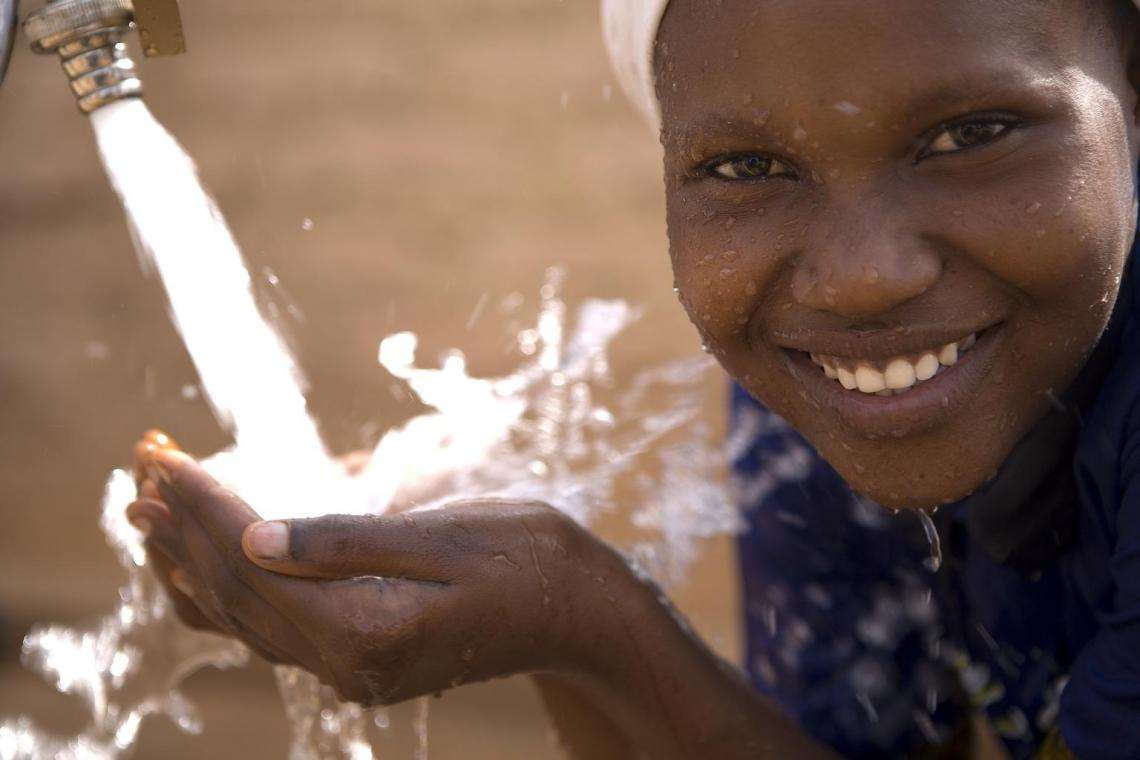
Source: UNICEF
What is water sanitation?
Water Sanitation refers to the process of ensuring that water is secure and free of contaminants that can be detrimental to human health. WASH is the umbrella term that encompasses access to pure water, enhanced sanitation facilities, and essential hygiene materials such as soap for handwashing. WASH emphasises the interconnectedness of these problems.
Microbial contamination of water due to poor sanitation practices, specifically open defecation, poses the greatest threat to safe drinking water. When individuals engage in open defecation without an adequate waste management system, the feces infiltrate and contaminate water systems.
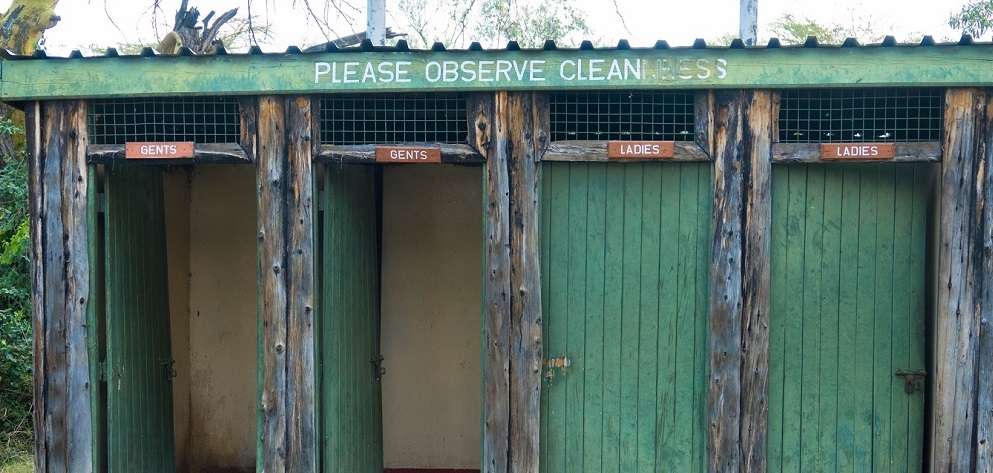
Source: Getty Images
The transmission of diseases such as cholera, diarrhoea, dysentery, hepatitis A, typhoid, and polio is directly associated with contaminated water and poor sanitation. Individuals, especially children, face preventable health risks when water and sanitation services are absent, inadequate, or mismanaged.
Why is water sanitation an issue in developing Countries?
Access to water, sanitation and hygiene has historically played a pivotal role
in enhancing health and survival in developed countries. Water sanitation is critical to human health, a healthy environment, poverty reduction, gender equality, a sustainable economy, peace and security. Despite this, a sizable population—most of whom live in developing countries—lack access to safe WASH.case studies: Lessons and Challenges that Exist in Developing Countries
Nigeria
Nigeria, the most populous African nation, faces daily challenges in terms of access to clean water and improved sanitation facilities. According to the 2021 Water Sanitation and Hygiene National Outcome Routine Mapping (WASHNORM) survey, a collaboration between the Federal Ministry of Water Resources and the National Bureau of Statistics (with support from UNICEF, the World Bank, and other development partners), about 48 million Nigerians still defecate in the open, while only 8% of the population practices safe handwashing. Moreover, basic water supply services remain unavailable to 23% of Nigerians. Additionally, a mere 10% of the population has access to combined basic water, sanitation, and hygiene services.
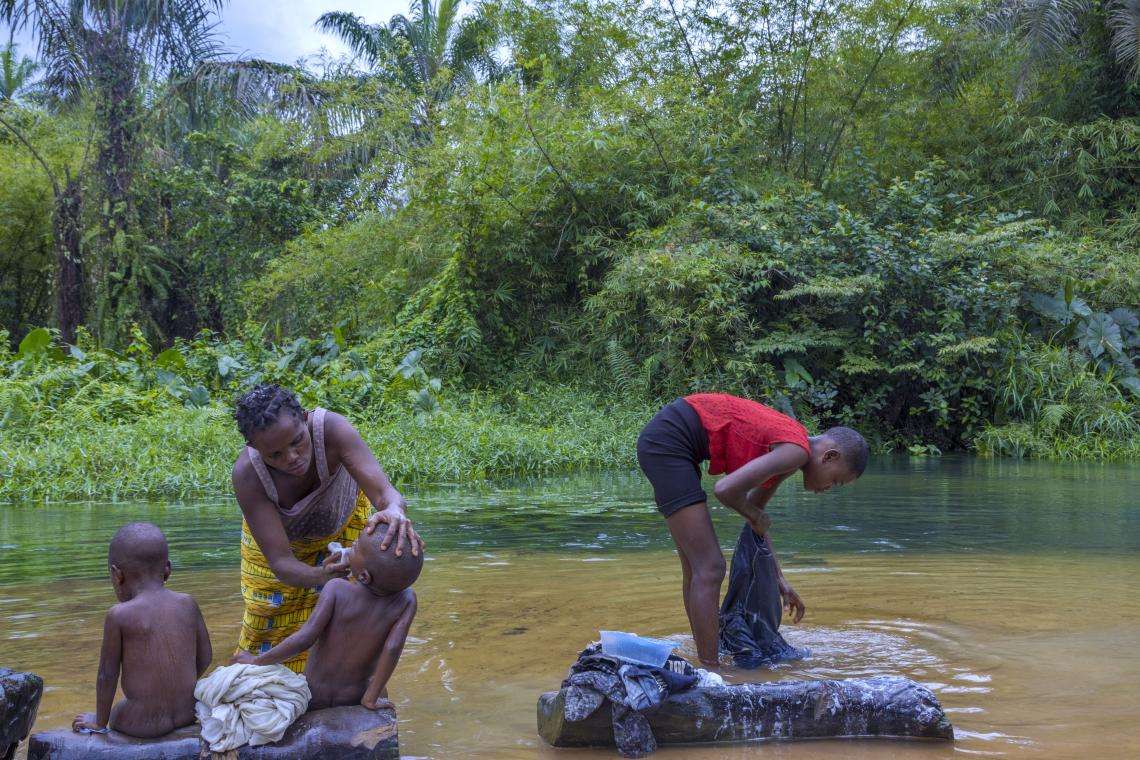
Source – UNICEF
The United Nations reports that 3.6 million of the 180 million affected individuals in crisis-affected regions, (including the North East), lack access to sufficient potable water. This contributes to the high prevalence of waterborne diseases. This includes diarrhoea, which leads to the deaths of more than 70,000 children (under five) annually. This threatens the livelihoods of smallholder farmers and contributes to low levels of school enrollment, especially among girls.
Mozambique
In Mozambique, the numbers are staggering: 14.8 million people have no clean water. Additionally, more than 21 million are without a safe place to use a bathroom. Evident inequalities persist in water and sanitation services between people within rural areas, versus those who live in urban areas. Women and children make long, exhausting journeys to collect contaminated water for their families.
In addition, millions of Mozambicans endure the devastating impact of climate change. It poses a severe threat to both surface and groundwater supplies of freshwater. Children face the most significant risk due to poor WASH conditions, with diarrhoeal infections persisting as a leading cause of death, despite Mozambique’s efforts to reduce ‘under-five’ mortality. Furthermore, a recent study indicates that the underinvestment in WASH services contributes to the alarming resurgence of cholera, emphasising a great need for solutions to water sanitation in developing countries.
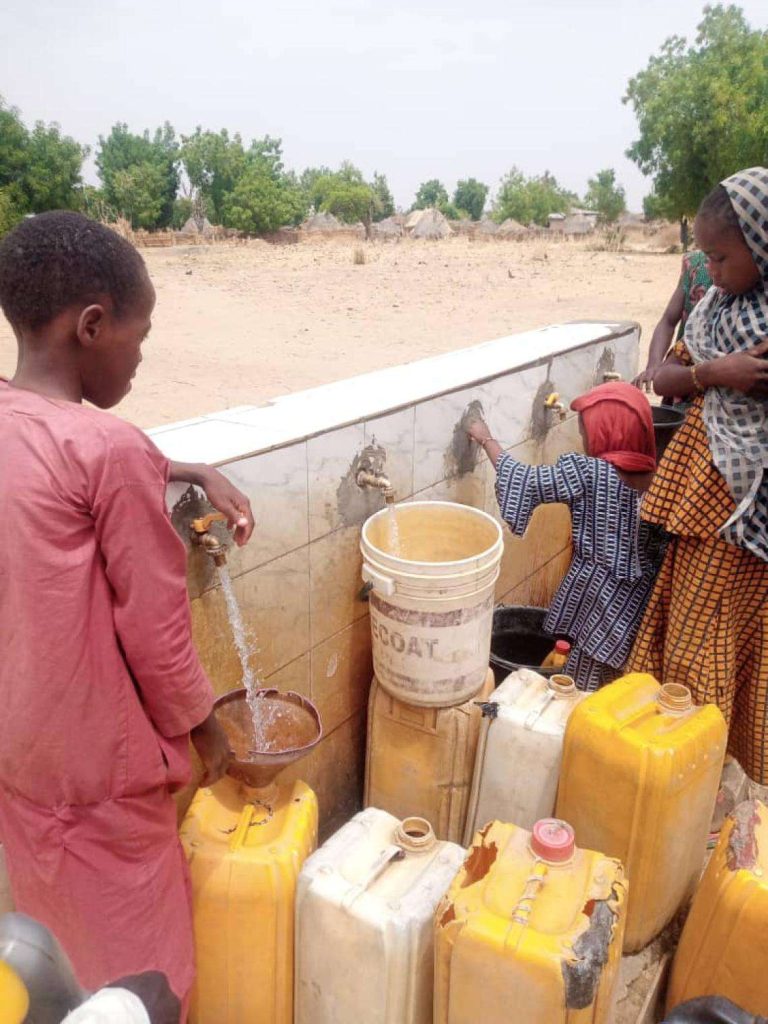
Source: UNICEF
Haiti
Despite a significant rise in investments in the WASH sector since 2010, Haiti still has the lowest access to clean water and sanitary facilities in the Americas. Between 1990 and 2015, the population’s access to drinkable water experienced a decline, dropping from 62% to 52%. Over half of the country’s rural residents continue to face a lack of access to potable water. Additionally, Only one-third of Haitians have access to the most basic sanitary facilities.

Source: The Guardian
This lack of water and sanitation contributed to the severity and rapid spread of the cholera epidemic in Haiti in October 2010. In turn, this resulted in 658,563 reported cases of cholera, and 8,111 reported deaths as of June 2, 2013. With low sanitation coverage and inadequate availability and treatment of potable water, few barriers were in place to stop the quick spread of cholera. This is especially relevant to the population that had never been exposed to the disease before.
moving forward
Access to clean, fresh water has proven to improve health, reduce inequality, and boost community resilience. Mere access alone is not enough.
“If the water isn’t clean, isn’t safe to drink, or is far away, and if access to toilets is unsafe or limited, then we’re failing the world’s children.”
Kelly Ann Naylor, Regional Advisor of WASH, West & Central Africa Region at UNICEF
The risk of being left behind is highest for children and their families in underdeveloped and rural areas. Likewise, the collaboration of stakeholders is necessary for safe drinking water and sanitation systems. This strengthens the participation of local communities in the entire decision-making process. This includes planning, financing waterworks and sanitation initiatives, and maintaining water and sanitation systems and services sustainably.
why Is it essential that we focus on water sanitation in developing countries?
Without water sanitation in developing countries, all life on Earth is at risk. Water directly impacts the economy, agriculture, health, trade, energy, peace and security.
To ensure the sustainability of water and sanitation services, new initiatives are needed- we must actively consider the impact of the environment, culture, and economy on the implementation and maintenance of treatment systems. As an alternative to centralised systems, low-cost household technologies offer a more integrated and sustainable approach to meeting water and sanitation requirements. Accordingly, this should be accompanied by community involvement and the establishment of management frameworks.
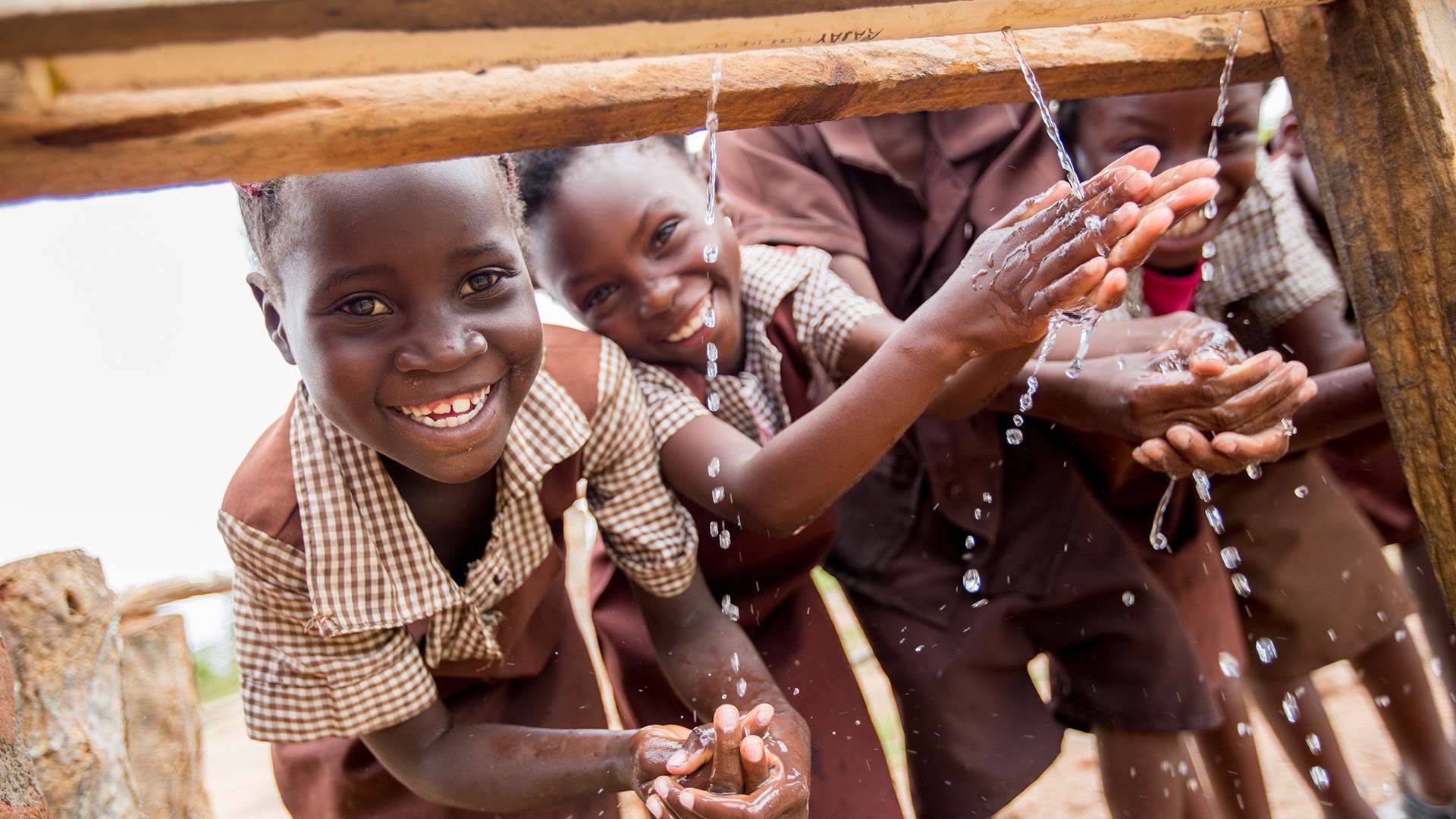
Source – Sanitation and Water For All
To overcome the challenges of delivering water and sanitation, policies, and investments must address the interconnectedness of water, sanitation and hygiene. This would complement integrated initiatives that prioritise disease prevention.
achieving the United Nations Sustainability Development Goals (SDGs)
Water, sanitation and hygiene (WASH) are at the centre of the 2030 Agenda for the UN’s sustainable development (SDG 6). The UN envisions universal, sustainable, and equitable access to safe drinking water. As well as sanitation and hygiene, this includes the elimination of open defecation by 2030.
The SDGs acknowledge the increasing inequalities, natural resource depletion, environmental degradation, and climate change witnessed globally. Every one of these challenges are closely related to water resources and water-related ecosystems. A failure to address these undermine nature’s ability to provide critical functions, and the potential nations have to achieve a transition to sustainable, resilient and thrivable communities.
A Thrivable Framework
At THRIVE, we believe in promoting every action that protects water resources. This includes the efficient management and distribution of water. We need to take action, as our health and well-being depend upon it. We also need to also look at our own responsible consumption. It is important that we consider the steps we can take to help save water for a better planet. We recognise that the pursuit of human happiness can sometimes compete with environmental well-being. Therefore, THRIVE utilises a ciambella chart
By ensuring that water sanitation eliminates waterborne diseases and impurities, environmental sustainability can be established. This is particularly relevant with regards to run-offs and preserving natural freshwater systems. An improvement in the consumption and sanitation of water will better societies. This makes it possible to enable a thriving society.
If you want to know about sustainable water management, water purification, or recycled water, including many other facets of this precious resource, THRIVE offers many useful articles. To learn about how THRIVE is researching, educating, and advocating for a future beyond sustainability, please visit our website. Our illuminating podcast series intends to assist in furthering the cause for thrivability. You can also learn about our live webinars featuring expert guests. Sign up for our newsletter for regular updates.























